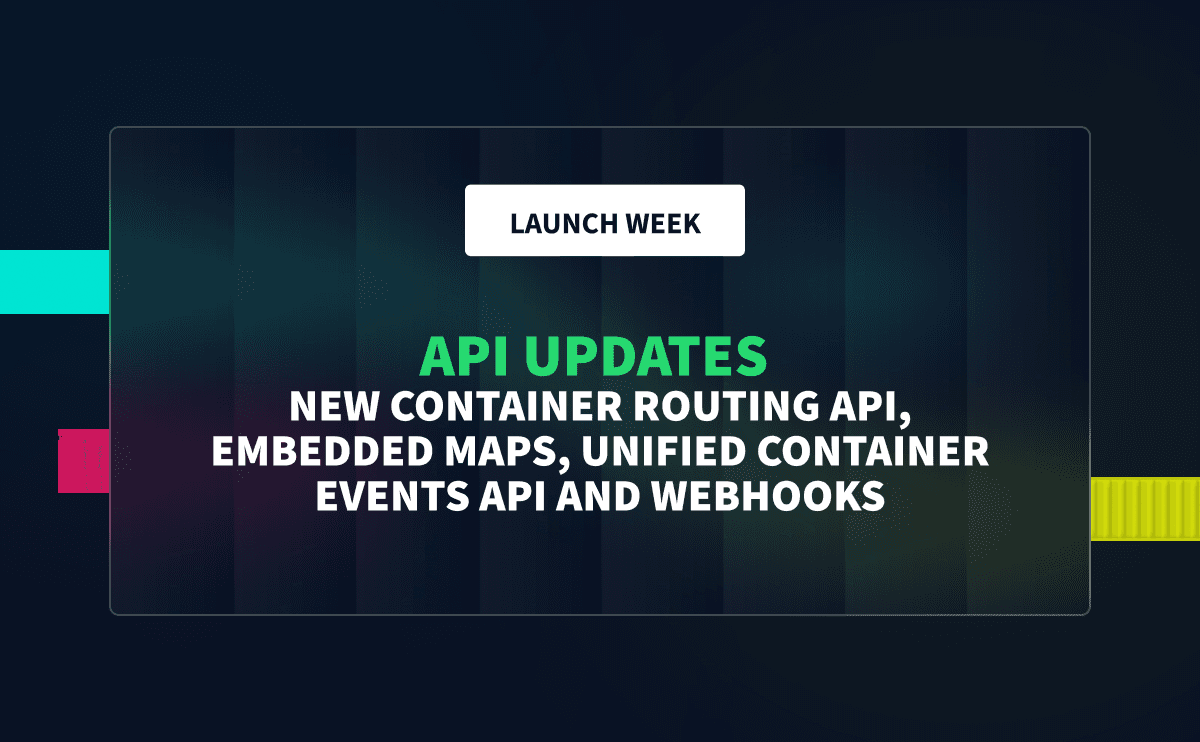With the rainy season winding down in Panama, concerns are mounting over potential supply chain delays on the East Asia to US Gulf Coast route. The Panama Canal, facilitating about 36 ships daily through its locks using 50 million gallons of freshwater per transit, faces operational challenges during dry spells. This could halve the canal's capacity to 18 ships per day by February, significantly impacting container flow to US Gulf Ports after accounting for LNG and bulk carriers.
To mitigate risks, Terminal49 recommends a multi-faceted approach:
Strategic Timing: Plan ahead, recognizing that transit from China to the Gulf Coast could extend well beyond the usual 35 days. With the added variable of Chinese New Year, shipments departing post-January 1 are particularly vulnerable to delay, especially in early 2024.
Enhanced Visibility: Implement robust tracking systems to monitor container locations and delays in real-time. This information is vital for adjusting onshore operations and maintaining accurate forecasting.
Diversified Routing and Sourcing: Evaluate the supply chain for alternative sourcing options, perhaps from regions closer to the Suez Canal. For urgent consignments, air freight or less-than-container-load (LCL) options may be advisable.
Terminal49 is here to support with advanced tracking and strategic guidance, helping navigate these complex challenges with confidence.





